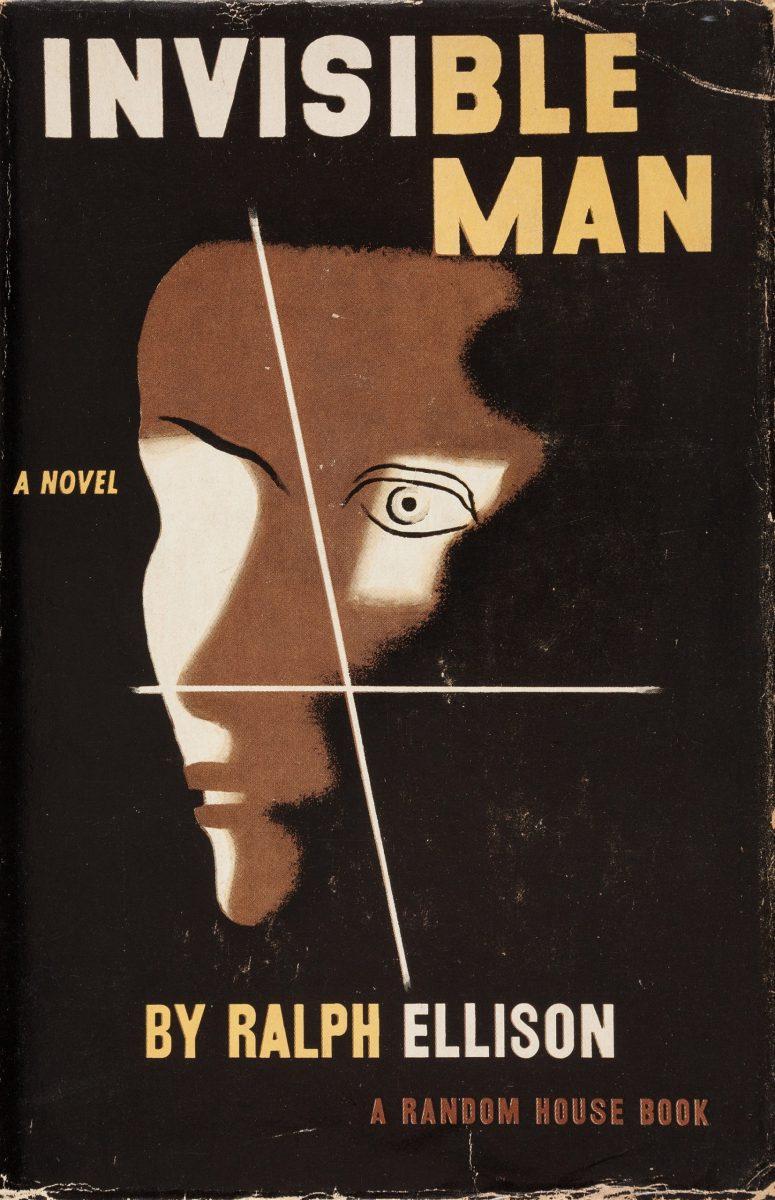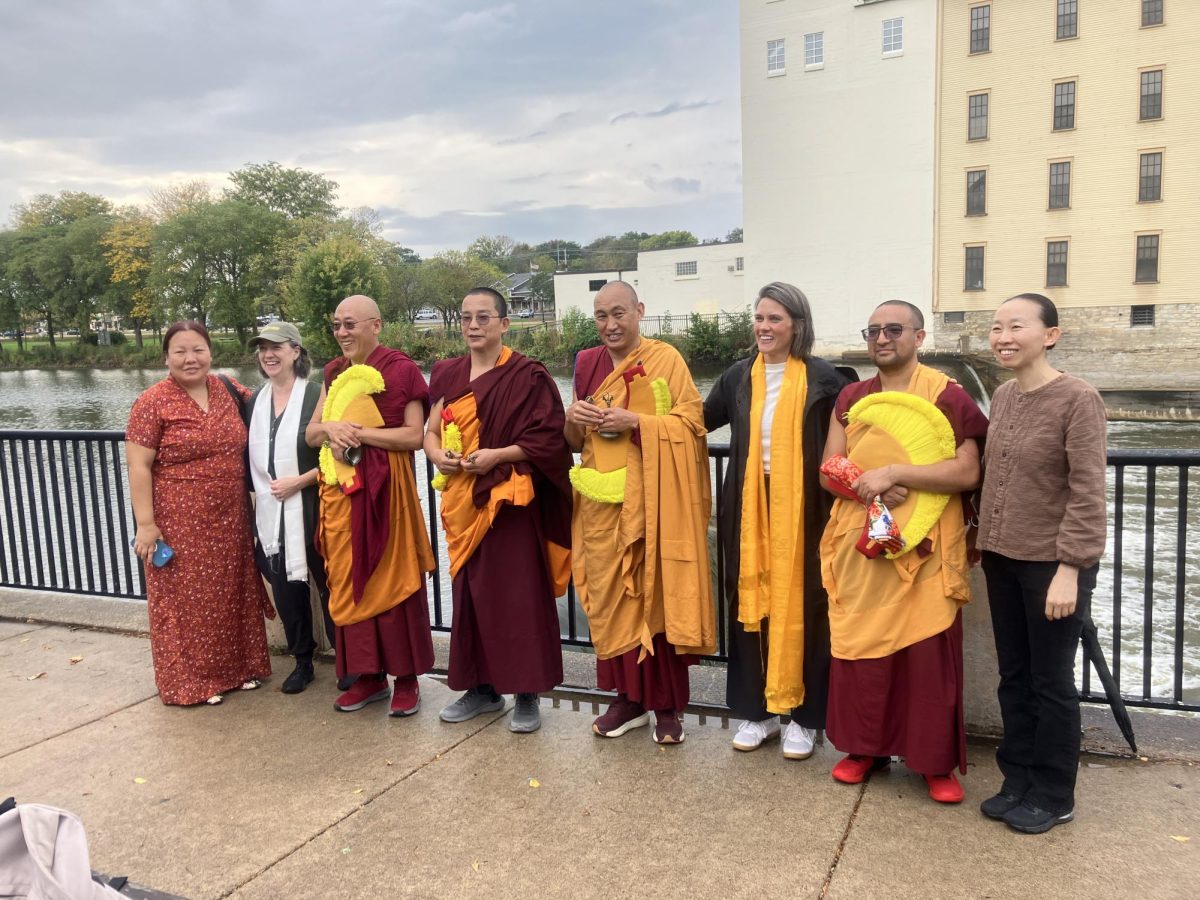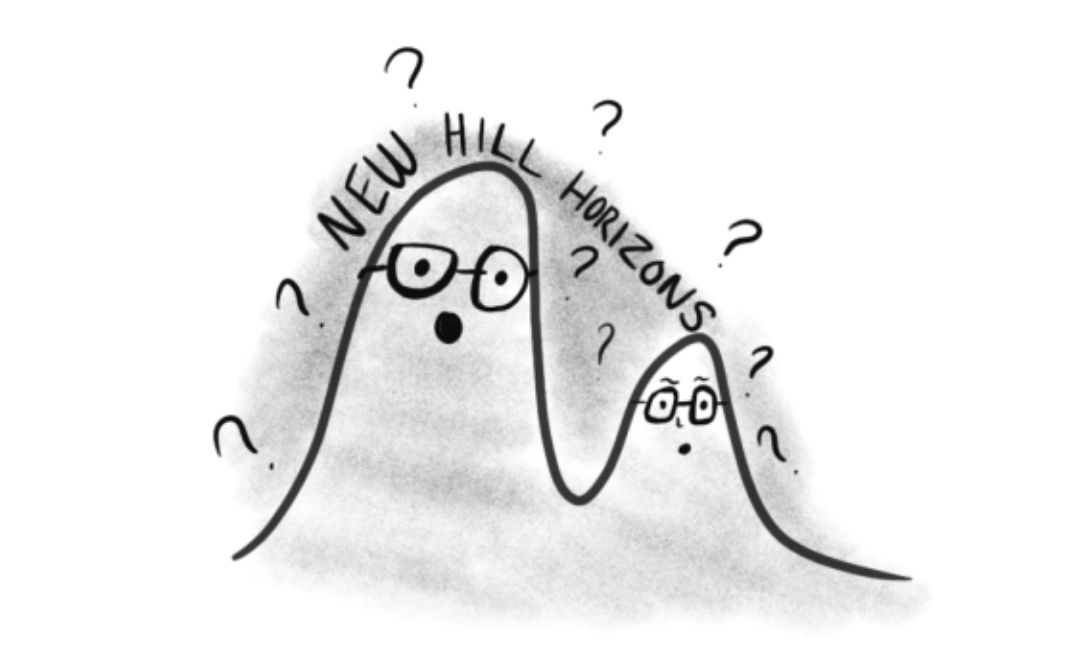I was recommended Ralph Ellison’s “Invisible Man” by Gordon Marino, emeritus professor of philosophy during my first year at St. Olaf. One of the assigned readings for Marino’s class, Kierkegaard and Existentialism, was the Prologue from Ellison’s 1952 novel. The Prologue stands distinct from the rest of the story — it is not surprising to find it alone in the curricula of philosophy classes or reading lists of book clubs around America. Any chapter that opens with such a punctual line as “I am an invisible man” deserves heightened recognition, and Professor Marino made the importance of this solitary, 12-page introduction to the novel’s actual plot clear to me and to the rest of his class.
I forget how our discussion drifted to him recommending that I read the novel in its entirety. Most likely I was expressing my feelings of loneliness, alienation and solitude that persisted throughout my freshman year. And most likely Professor Marino replied in a way that was both reassuring and mystifying, pointing me toward a work of literature that confronted these very feelings head-on. This was late in the spring, so the recommendation was for a summer reading that he and I both hoped would lead to some sort of fantastical self-realization.
I finished the book in August 2020, one summer removed from the recommended date. With the grace of hind-sight, I now think it was a more appropriate time to travel alongside Ellison’s invisible man through his plights in a fictionalized 1940s United States.
I return to “Invisible Man” now in a similar way to how Ellison himself returned to his novel 29 years after its original publishing, writing his own introduction. The concept of the invisible man forced Ellison, as he would go on to explain, to craft a plot around a character that prodded the consciousness of America to recognize why the invisible man would ever categorize himself as such.
“Most of all, I would have to approach racial stereotypes as a given fact of the social process and proceed, while gambling with the reader’s capacity for fictional truth, to reveal the human complexity which stereotypes are intended to conceal,” Ellison explained, culminating a long paragraph in which he would espouse the need to reveal the “human universals hidden within the plight of one who was both black and American” — his self-proclaimed task in writing the novel.
In the same way that the concept of the invisible man challenged Ellison’s imagination throughout his seven years of writing, the same concept now challenges my interpretation of the book’s purpose within America. While I originally intended to read “Invisible Man” as a purely selfish process of self-fulfillment, the book says much more about the society America has constructed than I realized. The novel’s two purposes highlight the multiple levels of the self and society Ellison engages with.
Ellison’s invisible man is a natural consequence of American society. Black folk in America have been and still are forced to live invisible to white folk, who occupy positions of power that exert life-threatening levels of control over their lives. That’s why stereotypes, for Ellison, were of predominant importance. This stereotyped life, as personified by the book’s narrator, leads to the psyche of invisibility. One can jump through hoops here and there, find social, academic and political acclaim, fight back against racist systems, bring pride to himself and to his community — all feats the nameless narrator achieved — and still end up invisible in an abandoned cellar or shot dead in the street.
The sentiments, about stereotypes and invisibility, ring as true in 2020 as they did in 1952. That’s the power of the invisible man.
“No, because what is commonly assumed to be past history is actually as much a part of the living present as William Faulkner insisted,” Ellison acknowledged in the introduction. “Furtive, implacable and tricky, it inspirits both the observer and the scene observed, artifacts, manners and atmosphere and it speaks even when no one wills to listen.”






